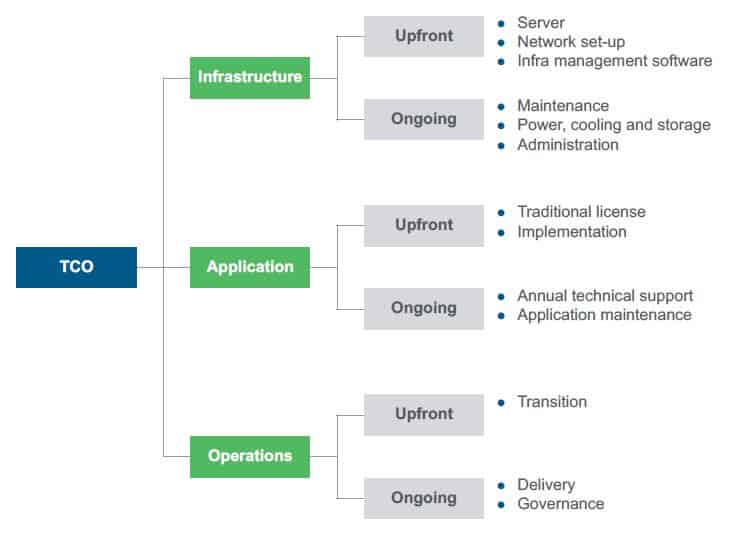February 13, 2012
Recently, Aon, a leading global provider of risk management, insurance and reinsurance brokerage, and human resources solutions and outsourcing services, announced its decision to move its corporate headquarters from Chicago to London and released its Q4 2011 results.
Moving Headquarters
Aon has stated two primary reasons for the move – to gain greater access and proximity to emerging markets in the Middle East, Asian Pacific, and to leverage London’s position as a key hub of insurance and risk brokerage business.
However, we believe an additional reason that is clearly at work but not explicitly mentioned by Aon is the tax benefits it will realize. According to the company’s filings, Aon’s global tax rate could fall to 26 percent from an expected 30 percent for 2011 due to the United Kingdom’s favourable territorial tax regime that provides tax exemptions for dividends and gains derived from non-U.K. trading subsidiaries. In addition, the move will grant Aon access to US$300 million in excess cash abroad that will not be subject to U.S. taxes.
There is some buzz in the marketplace that the move will have a negative impact on some of Aon’s U.S.-based clients. We believe that the actual business impact will be negligible. Most of its clients have an increasingly global footprint and unless there is a material change in service provision or leadership attention, a client is not likely to terminate its relationship with Aon. Additionally, only about 20 people at the leadership position will be affected by this move.
Net-net, Aon’s decision to move headquarters is both strategic and financial. Further, the strategic elements seem to focus more on its Risk Solutions business rather than HR solutions business.
Q4 2011 Results
In its February 3 earnings call, Aon’s CEO Gregory Case announced that Aon’s fourth-quarter and full-year results reflect continued progress and positioned the firm for increased growth in 2012.
Focusing specifically on the earnings call’s remarks related to its HR solutions, the business unit Everest Group primarily tracks and analyzes, our takeaways are:
Healthcare exchanges and HR BPO emerging as key growth areas. Aon is likely focusing investments in these areas to further accelerate its recent momentum in these offerings. Our analysis reflects healthcare exchange is an area with significant opportunity and is currently underserved from the supply side. Within the HR BPO business, beyond multi-process HRO (which itself is underserved given limited number of credible players left), we expect Aon to also increase its focus on single process HRO (SPHRO) areas, such as Recruitment Process Outsourcing (RPO), Learning Services Outsourcing (LSO), etc. However, it is going to face stiff competition from incumbents in these fast-growing SPHRO areas.
Challenges in the core benefits administration business. Here, Aon is facing a pricing war from disruptive competitors and has seen some client loses as well. Our analysis in the latest BAO study suggests that while Aon stills leads the overall market, some of its key competitors are growing faster. To be able to maintain its leadership position, Aon has to offer the right balance of cost and quality through innovative solutions. Its strategy to to push for high value-added point solutions, such as dependent eligibility audits and absence management services, is a step in the right direction. However, it can realize greater impact by combining these in its overall benefits administration value proposition and offering to raise the game and address the total cost of benefits question (compared to only operational cost of benefits administration).
Increased focus on mid-market. With pricing pressure and other challenges in the larger end of the benefits administration market, Aon is trying to find its next area of growth in the mid-market. We see Aon addressing this in two primary ways:
- Moving health and benefits consulting offering from HR Solutions to Risk Solutions business though only the consulting part moves over, and the benefits administration part remains with HR solutions. The key reason mentioned behind this move is to further facilitate cross-selling health and benefits services within their large base of mid-market clients on the risk solutions side. However, it also raises questions around internal organization ease to offer an advisory-led Health and Welfare administration solution, a key requirement in the mid-market. Expanding and pushing benefits administration services and solutions in the mid-market. This is already in motion for some time with integration of Aon and Hewitt benefits administration offering. With mid-market continuing to see an accelerated growth, Aon’s ability to offer an integrated Total Benefits Outsourcing (TBO) solution can help it capture the opportunity.
Expansion of international footprint. As the workforce becomes more global, Aon is looking to expand its footprint and solution to meet client needs. However, given some of the debacles on the global multi-process HRO front in the past, we believe the company will be much more thoughtful in terms of its approach compared to the past.
Greater leverage of global sourcing. Given the stated objective to realize higher operating margin, we expect the usage of global sourcing to continue to increase in Aon’s outsourcing business
Clearly, things are afoot at Aon. Its ability to execute some of these strategic changes will determine its success.

